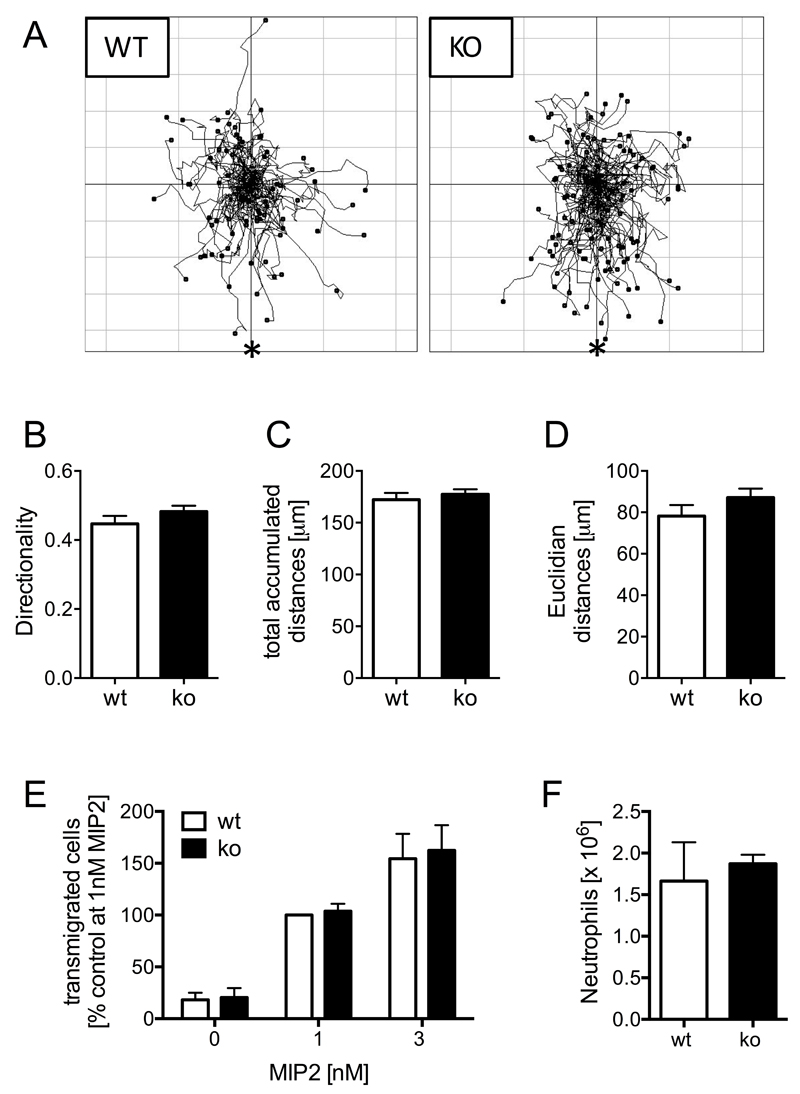Figure 7. Neutrophil chemotaxis and recruitment are not affected in Ptpn22-/- mice.
(A-D) Neutrophils isolated from bone marrows of Ptpn22-/- (ko) and matched wild-type control (wt) mice were allowed to chemotax towards 10nM MIP2 in Dunn chambers. Cell migration was monitored by time-lapse imaging, and individual cells were tracked using a cell tracking plug-in into Image J. (A) Tracks obtained in experiments carried out with three separate preparations of bone marrow derived neutrophils analysed were pooled for these spider plots. The source of chemoattractant is indicated (*). (B-D) The coordinates for the tracks shown in (A) were analysed using statistics features of the Ibidi chemotaxis plug-in into Image J as detailed in Materials and Methods. Parameters presented (means ± SEM) are, directionality (B), total accumulated (C) and Euclidian distances (D); differences were not statistically significant. (E) Ptpn22-/- (ko) and control (wt) neutrophils were allowed to migrate towards indicated concentrations of MIP2 in transwells supporting a monolayer of TNFα stimulated mouse endothelial cells. Data (means ± SEM) expressed as percentage of control cells migrating towards 1nM MIP2 from two pooled experiments carried out with separately prepared neutrophils are presented. (F) Peritonitis was induced in Ptpn22-/- (ko) and wild-type control (wt) mice by injection of thioglycollate containing broth. Peritoneal flushes were analyzed to enumerate numbers (means ± SEM) of peritoneal neutrophils. A representative experiment performed with 6 controls and 5 Ptpn22-/- mice is shown. Differences were not statistically significant.

